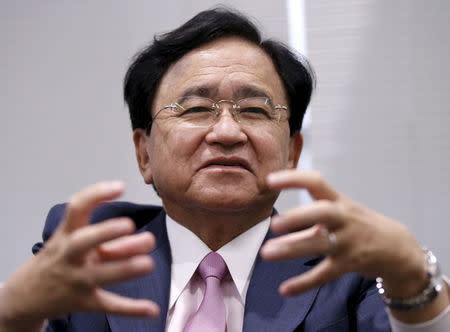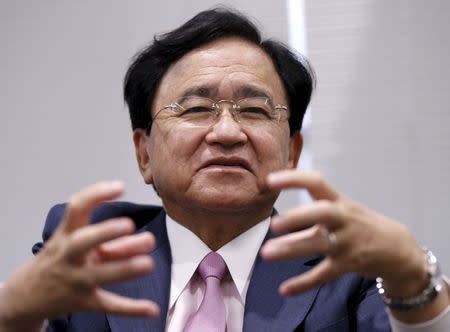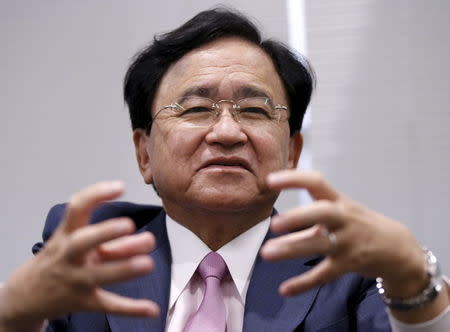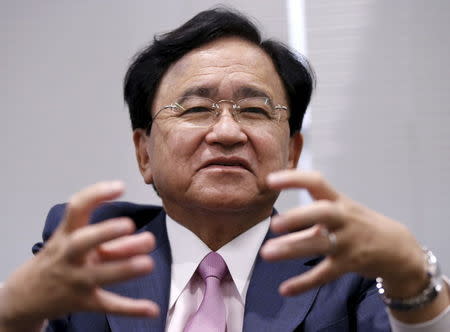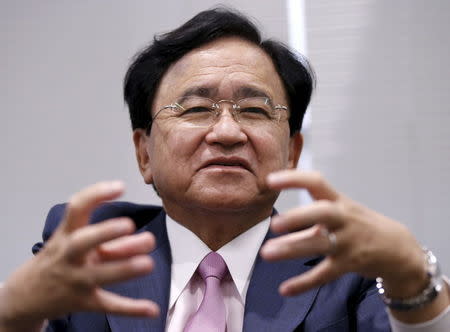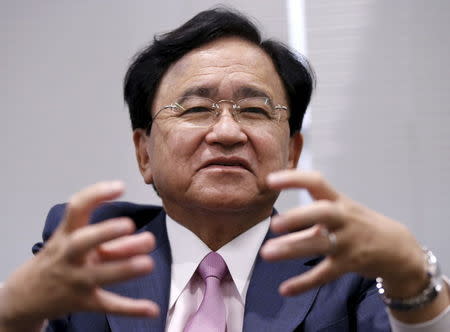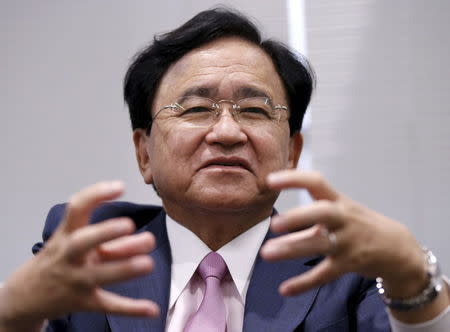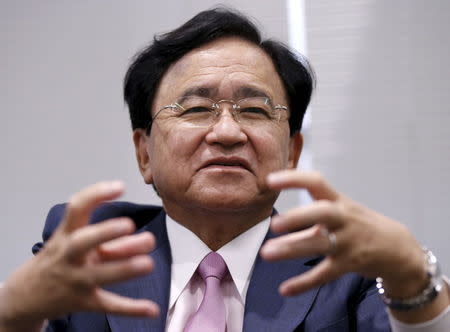Japan business lobby head urges government to cut spending
By Stanley White and Izumi Nakagawa
TOKYO (Reuters) - Japan's government should cut healthcare spending to meet fiscal discipline targets and lower the public debt burden, because relying on economic growth is insufficient, the head of an influential business lobby said on Tuesday.
Prime Minister Shinzo Abe's government will outline next month a plan to improve public finances by reaching a primary surplus in fiscal 2020 and then lowering the ratio of debt to GDP, which is the worst among major economies.
Suggestions by advisers working on the plan that some spending cuts can be avoided, if economic growth is boosted, have prompted concerns that fiscal discipline could be compromised.
"We need some type of spending cuts, most likely for healthcare spending," said Yoshimitsu Kobayashi, chairman of the Japan Association of Corporate Executives.
"If you try to rely on economic growth alone, the math just doesn't add up."
The government estimates that in needs come up with around 9.4 trillion yen (50 billion pounds) to plug a hole in the budget and return to a primary surplus in fiscal 2020.
Some government advisers are arguing that spending cuts should only total around half that amount, and that the government can count on an increase in tax revenue to make up for the remainder.
However, it is still uncertain whether the government can consistently meet its target of 3 percent nominal GDP growth, so it is too risky to delay spending cuts, Kobayashi, head of the business lobby which is also known as Keizai Doyukai.
Economists have echoed Kobayashi's concerns as Abe's economic policies have produced mixed results since taking office in late 2012.
Japan's public debt is about twice the size of its $5 trillion economy, but after a decade of fiscal stimulus to jump start a listless economy, the government has struggled to reduce this debt pile.
Japan's bond yields are low now because the Bank of Japan is buying government debt as part of quantitative easing strategy to guide consumer prices up to its 2 percent inflation target.
If economic growth and consumer prices improve in line with policymakers' forecasts, it would be natural for bond yields to rise, Kobayashi said.
(Editing by Simon Cameron-Moore)


